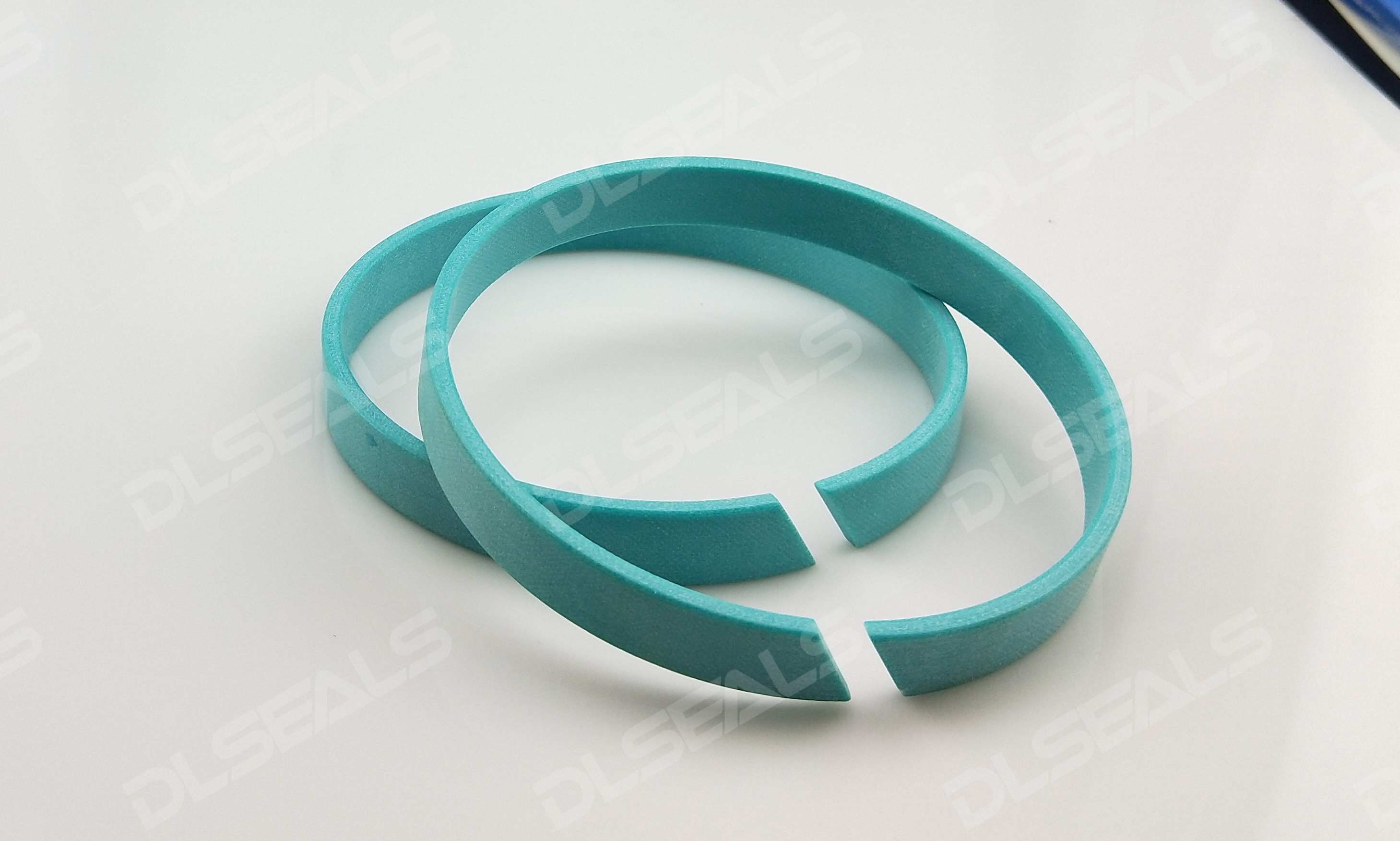At high-temperature, high-pressure pipeline interfaces, within the gaps of high-speed rotating pump shafts, or where highly corrosive liquids flow – in the industrial world, seal failure can lead to equipment shutdowns, surging energy consumption, and even major safety or environmental incidents. It is here that phenolic cotton laminate and similar laminated materials – a sophisticated fusion of resilient fabrics and resins – become the engineer’s critical choice for guarding “the last line of defense.” What properties earn them such widespread trust?
Core Advantages: Optimal Balance of Strength, Toughness, and Resistance
Derived from robust base fabrics like cotton or synthetic fibers (e.g., polyester, polyamide), phenolic cotton laminate is created by layering fabric, impregnating it with phenolic resin, and curing it under heat and pressure into a unified structure. The final product boasts exceptional structural integrity, exhibiting three core strengths:
- Superior Compressive Strength & Dimensional Stability: The woven fiber reinforcement grants the material significantly higher load-bearing capacity than rubber or plastic. Facing high-pressure conditions (e.g., hydraulic systems, compressor piston rings), phenolic laminate exhibits minimal deformation, ensuring long-term sealing face contact and effectively preventing media leakage. It is particularly suited for applications requiring “zero extrusion,” whereas pure rubber often suffers extrusion deformation or permanent damage under high pressure.
- Outstanding Toughness (Impact & Vibration Resistance): The internal fiber network provides resistance to impact shattering and absorbs transient loads from equipment vibration or shocks. This makes it ideal for reciprocating equipment like piston rod seals or valve discs – an advantage over many metal seals, which, while strong, lack cushioning and are prone to fatigue or pitting under severe vibration.
- Excellent Heat & Chemical Resistance: Phenolic resin inherently possesses good heat resistance (phenolic laminate typically withstands continuous use at 120°C to 150°C) and tolerance to moderately strong acids, alkalis, and hydrocarbon solvents. The fabric reinforcement enhances overall thermal stability and dimensional retention. This performance makes phenolic laminate excel in applications like pump seal rings in fertilizer plants or valve gaskets in chemical plants.
Phenolic Laminate’s “Cousins”: Diverse Bases, Distinct Strengths
Broadly, “laminated” materials encompass various resin-impregnated fabrics, each excelling in specific areas:
- Phenolic Cotton Laminate: Strengths center on heat resistance, solvent resistance, and structural rigidity. Widely used in high-temperature oil seals, chemical valves, and compressor piston rings.
- Nitrile Rubber-Impregnated Fabric (NBR Laminate): Uses nitrile rubber (NBR) for outstanding oil resistance (mineral oil, fuel oil, grease) and wear resistance. A common choice for oil seals and hydraulic/pneumatic seals.
- PTFE-Impregnated Fabric (PTFE Laminate): Offers exceptional chemical inertness, a very low coefficient of friction, and an ultra-wide temperature range (-180°C ~ +260°C), though compressive strength is generally slightly lower than phenolic laminate. Used extensively for gaskets in highly corrosive environments or where lubrication-free operation is needed.
- Natural Rubber/Neoprene Laminate: Prioritizes ozone and weather resistance, commonly used in seals exposed to outdoor elements.
Precision Manufacturing Enables Key Application Benefits
Laminated materials are typically manufactured via careful molding or laminating processes, offering two distinct advantages:
- Shape Versatility & Precision: Can be formed into complex sealing components like gaskets, washers, V-rings/lip seals, and wipers/scrapers.
- Cost-Effectiveness (vs. Specialty Alloys): In most applications, laminates provide performance far exceeding ordinary rubber/plastic, approaching or sometimes replacing special metal seals, at a significantly more manageable cost.
Key Applications: Guarding Critical Pressure Points
These properties make laminated materials indispensable in demanding sealing environments:
- High-Pressure Hydraulic Seals: Support rings, wear rings, back-up rings in pumps, cylinders – resisting extrusion under extreme pressure.
- Heavy-Duty Reciprocating Seals: Piston seals and rod seals in hydraulic cylinders.
- High-Temperature Oil Seals / Chemical Seals: Gaskets and sealing rings in valves, pumps, and agitators in refineries and chemical plants.
- Compressor Piston Rings & Guide Rings: Withstanding high-temperature and lubricated high-speed friction.
- High-Performance Gaskets: Flange gaskets and manway cover gaskets requiring high strength and temperature resistance.
Selection Considerations:
Critical factors must be evaluated when selecting laminated materials:
- Media Compatibility: Ensure the material tolerates the specific liquid or gas (e.g., NBR is weak against strong solvents, Phenolic against strong alkalis).
- Operating Temperature Range: Must not exceed the material’s continuous service temperature to avoid degradation or embrittlement.
- Pressure & Speed: The material structure must withstand the applied loads.
- Friction & Wear Requirements: PTFE laminate offers a very low CoF for precision motion; wear resistance can be enhanced with specific reinforcements.
- Regulatory Compliance: Food-grade or potable water certifications (e.g., FDA, WRAS) are required for relevant applications.
Conclusion
Phenolic cotton laminate and related laminated sealants represent an engineered balance of performance, cost, and reliability in industrial advancement. With their unique blend of pressure resistance, impact toughness, and thermal/chemical resilience, they silently bear the critical mission of preventing leaks, maintaining equipment operation, and safeguarding production safety. In environments of sustained high pressure or corrosive media threats to seals, these fabric-reinforced “armors” stand as some of the most robust and dependable guardians. Their presence is indispensable in modern industry.
Post time: Aug-20-2025

